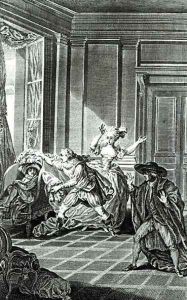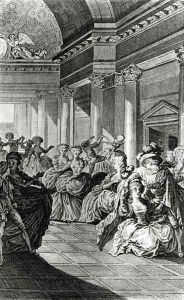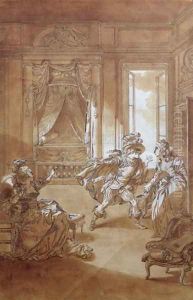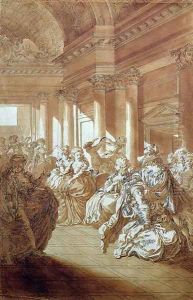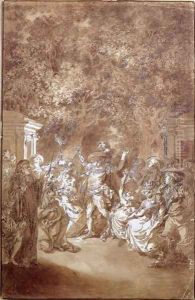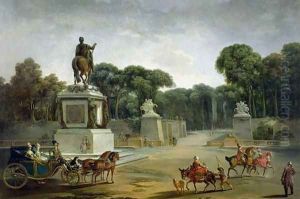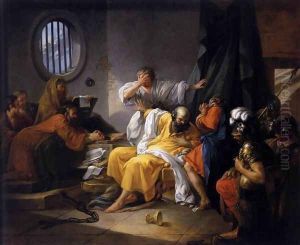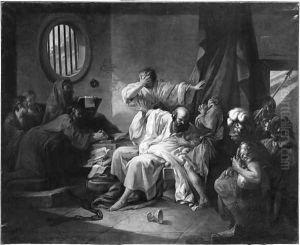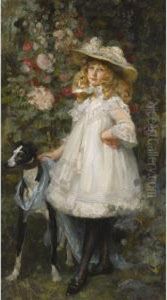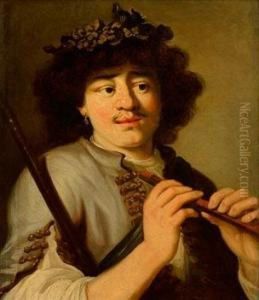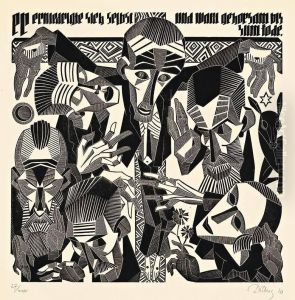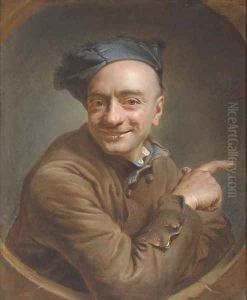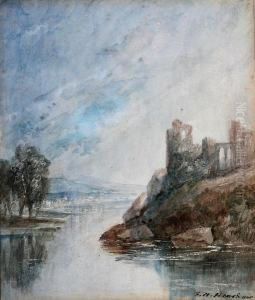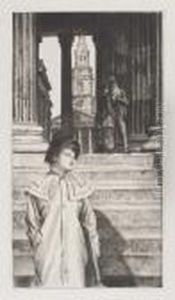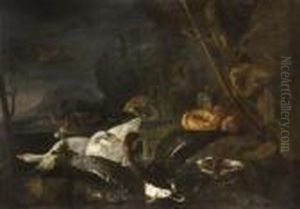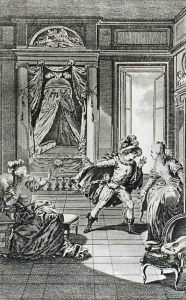





I am going to kill him..., scene from act II of The Marriage of Figaro by Pierre-Augustin Caron de Beaumarchais 1732-99 engraved by Claude Nicolas Malapeau 1755-1803 1785
-
About Reproduction
Discover the allure of art with our faithful reproduction of "I am going to kill him..., scene from act II of The Marriage of Figaro by Pierre-Augustin Caron de Beaumarchais 1732-99 engraved by Claude Nicolas Malapeau 1755-1803 1785", originally brought to life by the talented Jacques-Philip-Joseph de Saint-Quentin. Unlike posters or prints, our hand-painted oil painting breathes an unique sense of depth and texture into your space. Every detail, every stroke, and every texture is meticulously recreated, paying the perfect homage to Jacques-Philip-Joseph de Saint-Quentin and his artistic vision.
Owning this piece is more than just decoration - it's a statement of your refined taste in art. Let the vibrant colors and intricate details of this replica serve as a daily reminder of the beauty in our world. Elevate your decor and appreciate the richness of art with our replica of this masterpiece.
-
Painting Description
"I am going to kill him...", scene from act II of The Marriage of Figaro by Pierre-Augustin Caron de Beaumarchais, engraved by Claude Nicolas Malapeau in 1785, is an artwork by Jacques-Philip-Joseph de Saint-Quentin that captures a pivotal moment from the renowned comedic play. The Marriage of Figaro, written by French playwright Pierre-Augustin Caron de Beaumarchais in 1778, is the second in the Figaro trilogy and follows the scheming valet Figaro as he attempts to outwit his master, Count Almaviva, and secure his own marriage to Susanna.
The scene depicted in the engraving is a testament to the dramatic tension and humor that characterizes Beaumarchais's play. It portrays the moment when one of the characters, driven by jealousy and misunderstanding, declares their intention to commit murder, encapsulating the themes of deception, love, and social satire that run throughout the work.
Jacques-Philip-Joseph de Saint-Quentin, the artist responsible for the original depiction, and Claude Nicolas Malapeau, the engraver, collaborated to bring this theatrical moment to life in print form. The engraving serves not only as a visual representation of a significant moment in the play but also as a historical artifact that reflects the artistic and cultural sensibilities of late 18th-century France.
The artwork is an example of the intricate craftsmanship of the period's printmakers and the popularity of literary works being translated into visual art. It would have been consumed by an audience keen on engaging with cultural products that depicted scenes from literature, theater, and the arts, thereby extending the reach of Beaumarchais's play beyond the stage and into the homes and lives of the public.
The engraving by Malapeau after Saint-Quentin's original work is an important piece for scholars and enthusiasts of French literature and art, as it provides insight into the reception and interpretation of Beaumarchais's play during its time. It also stands as a testament to the collaborative nature of art production in the period and the role of engravings in disseminating and popularizing theatrical works.
-
Lead Time & Shipping
When you order this oil painting replica, it typically takes 2-3 weeks to paint. If the artwork is more complex, it might need a little more time to ensure the best quality. Once it's ready, we'll send you a photo for your approval. After you give the green light, we'll ship it to you for free.
-
Return & Refund
We believe in the quality of our hand-painted oil painting reproductions, and your satisfaction is our priority. If for any reason, you are not completely satisfied with your purchase, we offer a 45-day return policy. You can return your artwork within 45 days of receipt and receive a full refund. Please note that the artwork must be returned in the original packaging and in the same condition as it was received.





